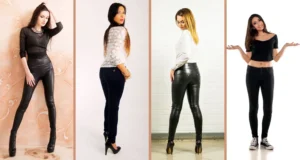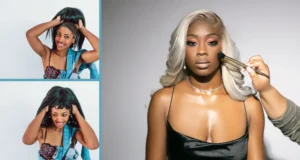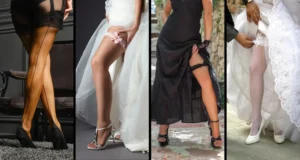Black girls and women have long embraced the practice of wearing bonnets, but have you ever wondered why? It turns out that these stylish head coverings serve many purposes beyond just fashion. From protecting their hair while sleeping to preserving intricate hairstyles, bonnets have become essential to black girls’ hair care routines.
But there’s more to it than that. Bonnets also carry deep cultural significance, symbolizing a connection to heritage and serving as expressions of pride and resistance.
Furthermore, bonnets offer comfort and convenience at home and even provide an avenue for fashion and style expression. So, let’s dive into the fascinating world of black girls and their beloved bonnets.
Why do black girls wear bonnets?
Hair protection during sleep
Black girls wear bonnets mainly to protect their hair while they sleep. Bonnets provide a barrier over their hair to stop it from becoming tangled, matted, and damaged from rubbing against pillows during the night.
The hair of black girls is often more fragile due to hair treatments like chemical straightening and the frequent use of heat styling tools. When sleeping, hair is vulnerable to breakage from friction against pillowcases which causes split ends and loss of length. Wearing a bonnet helps to avoid this damage by separating the hair from the pillow.
Bonnets also help lock in the moisture of hair products applied before bed to keep hair from drying out overnight. Many black girls habitually apply hair oils and style their hair, then cover it with a protective bonnet.
In summary, bonnets assist with hair care for black girls by shielding their locks while they sleep. This reduces friction that can lead to tangling, matting, and breakage. Worn at night, bonnets work to maintain the health and condition of black girls’ hair.
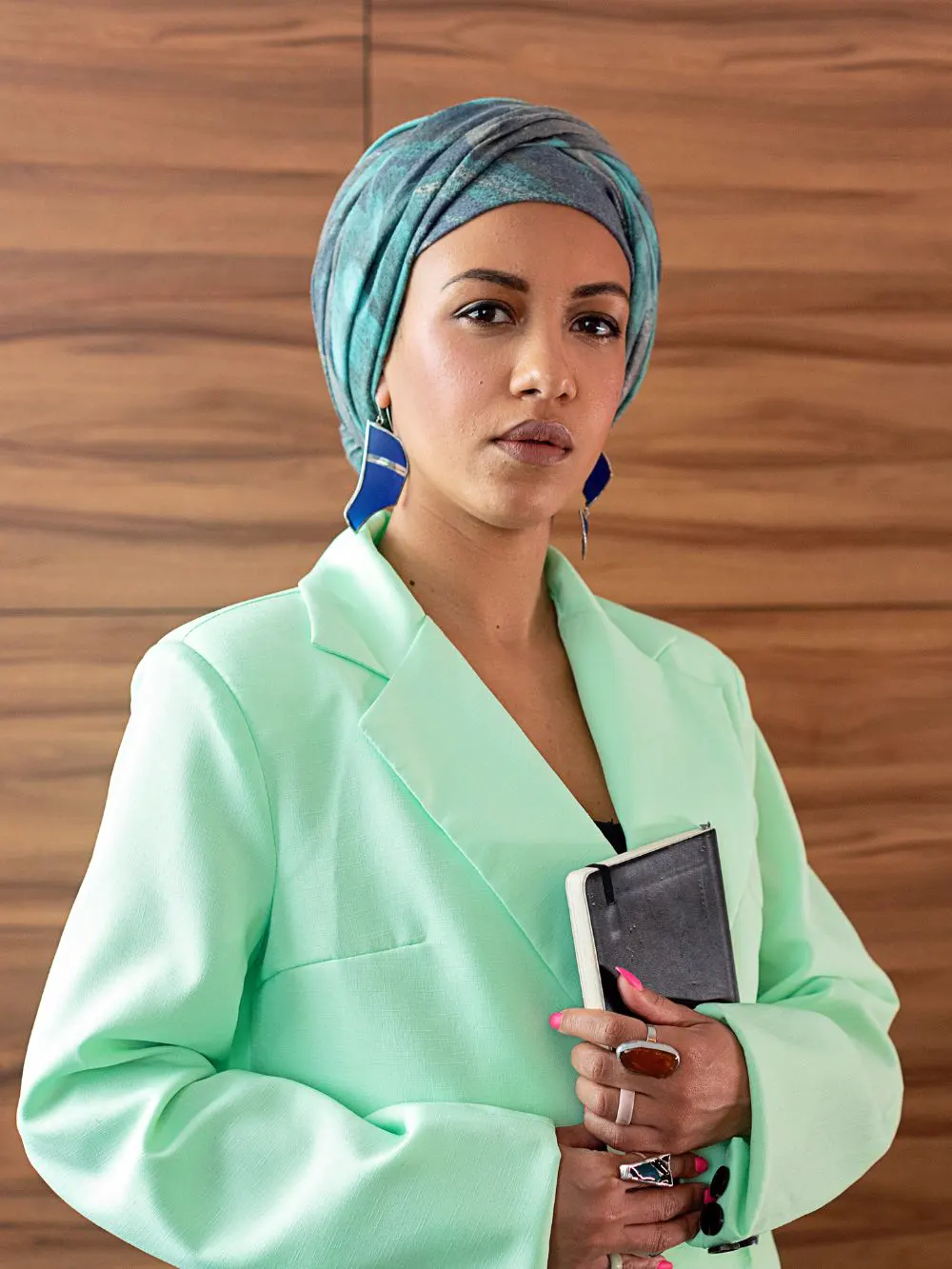
Preserves hairstyles
Black girls often wear bonnets to maintain and preserve their styled hair while sleeping. Hairstyles like braids, twist styles, weaves, and wigs are common for black women and can take many hours to create.
Wearing a bonnet while sleeping helps keep these intricate styles intact overnight. The bonnet acts as a shield that stops hair from rubbing against pillows or becoming caught underneath the wearer. This protects the hairstyle from damage, disruption, and unraveling that can happen during sleep.
Many black women invest time and money into their hairstyles, so wearing a bonnet at night helps make these styles last longer. Hair weaves and extensions, in particular, need protection to avoid snagging or coming loose during sleep. Bonnets provide a barrier that keeps these added hairs securely in place.
In summary, bonnets are essential for black girls aiming to preserve elaborate, time-consuming hairstyles. By protecting styled hair while they sleep, bonnets help keep braids, twists, weaves, and wigs neat, intact, and damage-free all night long. This allows black girls to extend the life span of their hairstyles and avoid the need to restyle soon after first creating the look.
Cultural pride and heritage
Black girls wear bonnets for an important cultural reason – to celebrate their heritage and express pride in their history.
The practice of bonnets can be traced back to generations within the Black community. For Black women, donning a bonnet carries deep symbolic meaning, connecting them to the traditions and values held by their ancestors.
For enslaved Black women, wearing a bonnet was one of the only ways they could express individuality within the confines of slavery. Bonnets became symbols of resistance, dignity, and hope that they could preserve aspects of their African identity and culture.
This legacy is carried on today as Black girls opt to wear bonnets not just as hair covers but as symbols of resistance to current oppression, expressions of self-worth, and celebrations of African roots. Bonnets have become symbols of cultural pride, connecting Black girls to a proud history and traditions passed down for centuries.
In summary, though bonnets certainly offer practical hair protection for Black girls, they represent much more – a way to honor cultural heritage, express ethnic identity, and celebrate a shared history of strength, resistance, and pride within the Black community.
Comfort and convenience at home
Black girls wear bonnets for comfort and ease, especially when at home. Bonnets offer a simple yet effective way to contain and cover hair without much effort or styling.
Maintaining natural or styled hair can require significant time and effort for black women. Bonnets provide an easy alternative for more informal settings like being at home. They allow black girls to shield their hair from potential damage or tangling while still looking put together without dedicating time and resources to full hairstyles.
Bonnets offer black girls convenience by eliminating the need for extensive styling products or heat tools that may require more formal looks. Bonnets can typically be slipped on with wet or dry hair in just a few seconds. This effortless method of containing the hair makes bonnets a go-to option for comfort and quick coverage on casual days spent at home.
In summary, bonnets appeal to black girls seeking comfort, ease, and convenience, especially in informal environments. As a low-maintenance style that requires no additional products, tools, or skills, bonnets provide black women with an effortless way to cover and protect their hair while relaxing at home.
Fashion statement and style expression
For some black girls, wearing bonnets is as much about fashion and style as it is about function. Bonnets have become a way for these women to express their personalities and make a statement with their headwear choice.
Some black girls utilize decorated or colorful bonnets as an accessory to complement their overall look. Bonnets come in various styles, from basic to embellished with patterns, prints, and decorative accents. These stylish options allow black girls to incorporate their unique sense of fashion into their hair-covering choice.
For these women, bonnets are viewed as more than just a practical hair solution but as a way to reflect their aesthetic and individual style. Trendy bonnet styles in eye-catching hues or made from pricey materials like silk or satin can signify status and convey that the wearer places importance on appearance.
In summary, while many black girls wear bonnets for practical reasons, for some, the bonnet has taken on a symbolic role as a fashionable accessory that allows for self-expression. Stylish and decorative bonnet options have given Black women a way to transform their functional hair covering into a statement piece that reflects their personal sense of style and desires to make bold choices with their headwear.
Prevents frizz and maintains neat edges
Black girls wear bonnets to maintain neat, frizz-free hair, especially around the edges. Bonnets keep their hair contained and off the face, preventing flyaways and frizz from forming.
For many black women, neat baby hairs and edged-up hairstyles are important for a polished look. Bonnets help keep these styles intact by shielding the hair from environmental factors that cause frizz. Things like humidity, air circulation, and contact with surfaces all contribute to flyaways and frizz – especially for tightly-curled black hair textures.
By covering the hair, bonnets protect against these elements that can disrupt and disturb a tidy hairstyle. They keep baby hairs and edges firmly in place to stay flat and neat rather than poofy. Maintaining well-groomed edges is a priority for many black girls, and bonnets help achieve this goal.
In summary, bonnets help black girls maintain a slick and sleek appearance by preventing frizz formation – especially around the edges, baby hairs, and frontal hairline. By securing the hair and shielding it from environmental conditions, bonnets contribute to neat, tidy hairstyles that black girls aspire to for a polished look.
Why do Black girls wear satin bonnets?
Black girls commonly wear satin bonnets to protect and care for their hair. Satin offers several benefits tailored to the specific needs of black hair textures.
First, satin bonnets reduce friction on the hair. Black hair is prone to breakage, so minimizing friction and snagging is key. Satin is a smooth fabric that glides over hair and pillows without causing as much friction as materials like cotton. This helps prevent split ends and breakage that friction can cause.
Second, satin is good at retaining heat and moisture. Black hair tends to be drier, so locking in moisture is important. Satin bonnets trap hydration from moisturizers and oils applied before bed. They keep hydration from escaping and hair from drying out overnight.
Third, satin is gentle and unlikely to cause irritations or allergies. Since black hair is more prone to allergies and sensitivities, satin’s hypoallergenic properties make it a suitable material for bonnets.
In addition, some black girls prefer satin bonnets for comfort, self-expression, or connecting to cultural heritage. Each woman’s reasons are unique.
In summary, satin bonnets provide specific benefits to black hair, including reducing friction breakage, retaining moisture to combat dryness, and avoiding irritations and allergies. These qualities help black hair stay healthy and damage-free while wearing a satin bonnet.
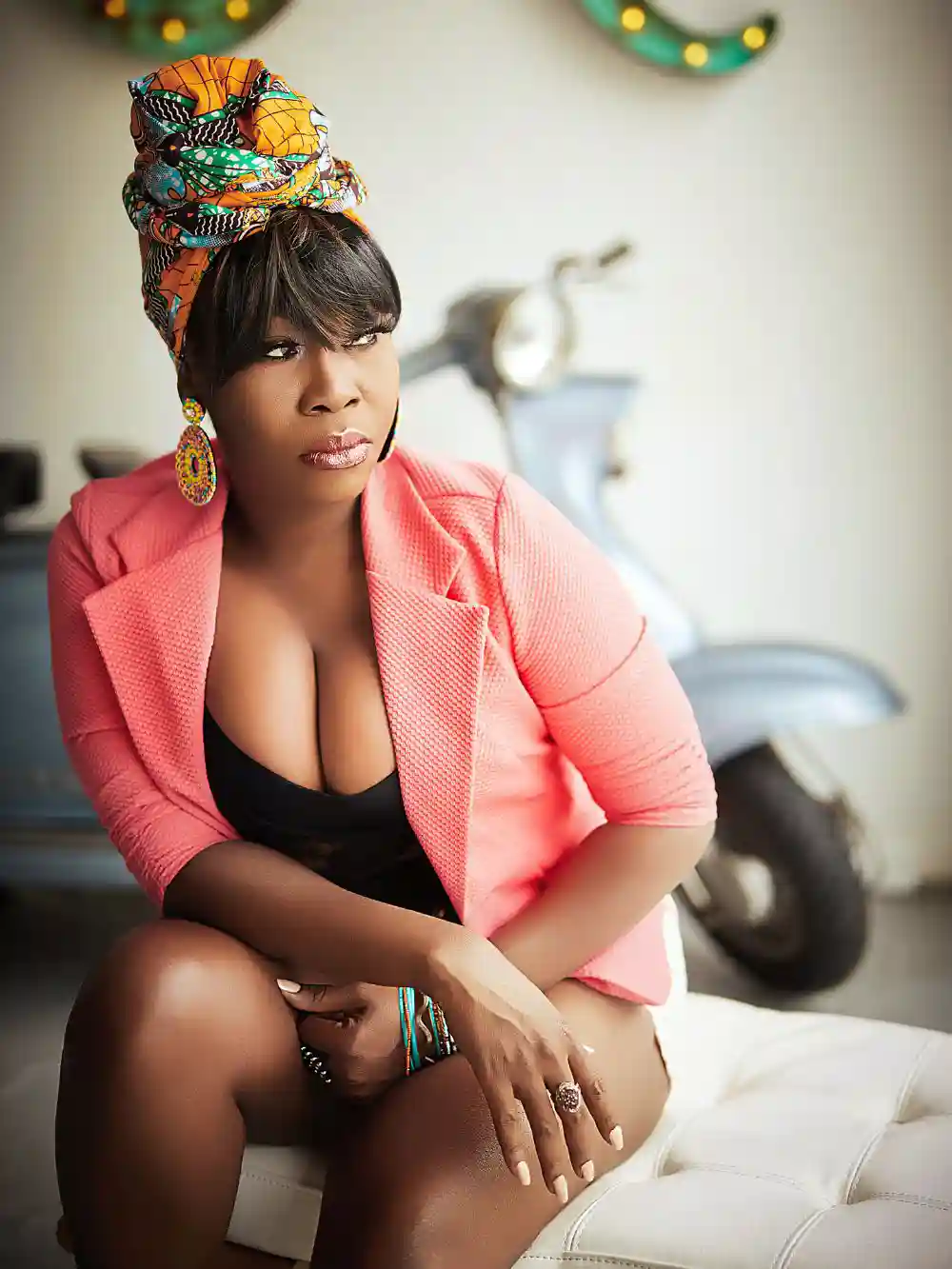
Why do Black girls wear hair wraps?
Hair wraps are an essential part of hair care for many Black girls. They wear hair wraps primarily for functional reasons like protecting and maintaining their hair and cultural reasons.
Functionally, hair wraps serve several purposes. They safeguard Black girls’ more fragile hair from breakage while they sleep or go about daily activities. Wraps form a barrier that reduces friction and snagging to minimize damage and split ends.
Hair wraps also help preserve Black girls’ hairstyles. Styles like braids and twists require constant maintenance, and wraps keep these intricate styles intact overnight. The secure covering prevents unraveling and disruption of styles.
Additionally, hair wraps help retain moisture, ensuring hair stays hydrated and healthy. Black hair tends toward dryness, so locked-in moisture from oils and products is important.
Culturally, hair wraps hold significance for Black girls. They represent beauty, pride in heritage, and self-expression. The tradition of hair wrapping has been passed through generations of Black women in their communities.
In summary, hair wraps benefit Black girls both practically and symbolically. Functionally, wraps protect hair, preserve styles, and maintain hydration to keep hair strong. Culturally, they connect Black girls to a tradition steeped in celebrating Black beauty, history, and identity. These factors make hair wrapping an important part of hair care and self-expression for many Black girls.
Summary
Black girls wear bonnets for multiple reasons, including hair protection during sleep, preservation of hairstyles, cultural pride, comfort and convenience, fashion and style expression, and prevention of frizz and maintenance of neat edges.
Bonnets provide a barrier that prevents hair breakage, preserves intricate hairstyles, and celebrates cultural heritage. They offer comfort and ease, act as fashion accessories, and help maintain a polished appearance. Satin bonnets are particularly favored for their ability to reduce friction, retain moisture, and prevent allergies.
Hair wraps serve functional purposes in protecting and maintaining hair while also holding cultural significance as a symbol of beauty and self-expression. Bonnets and hair wraps are vital in Black girls’ hair care routines and cultural expressions.
FAQ
Why do girls with straight hair wear bonnets?
Although traditionally associated with curly and coily hair types, girls with straight hair can also benefit from wearing a bonnet while sleeping to keep their hair healthy, smooth, and shiny.
Why does black hair need protective hairstyles?
Afro-textured hair is often fragile and delicate, making it more prone to damage from the elements. Protective hairstyles aim to guard against this by preserving the hair’s moisture, reducing friction, and protecting the ends from damage. Protective hairstyles can promote growth and help maintain intricate styles like braids, twists, and weaves.
Why do Africans have tight hair?
Africans have tight hair due to the shape of their hair follicles, which differs from other ethnicities. Specifically, the hair follicles of people of African descent are flat and ribbon-like, whereas other ethnicities have round or oval-shaped hair follicles. This flat and ribbon-like shape causes the hair to grow in a tightly coiled, helix-like pattern, resulting in the tight curls characteristic of many Black people’s hair.
What do hair wraps symbolize?
In many African cultures, head wraps have historically represented one’s spirituality, wealth, and social status within a community. Head wraps are also considered symbols of beauty, adornment, and cultural identity.
Are bonnets for both genders?
Yes, as indicated by historical records, bonnets have been used for both genders for centuries. The word “bonnet” has been used as the name for various headgear for both sexes from the Middle Ages to the present.
